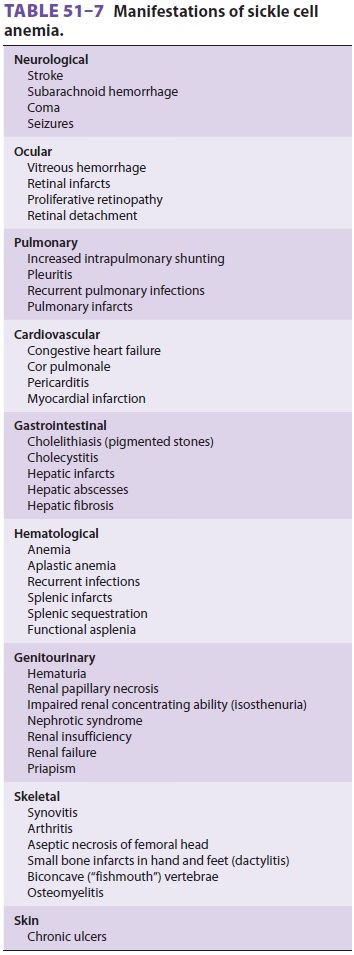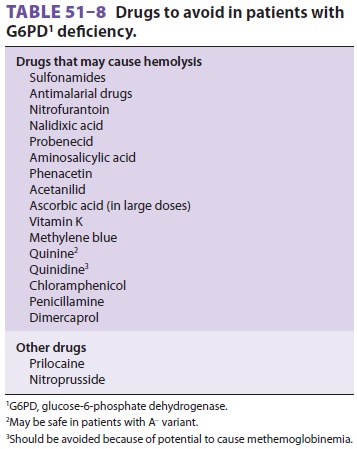Chapter: Clinical Anesthesiology: Perioperative & Critical Care Medicine: Fluid Management & Blood Component Therapy
Alternative Strategies for Management of Blood Loss During Surgery
Alternative Strategies for Management of Blood Loss During Surgery
AUTOLOGOUS TRANSFUSION
Patients undergoing elective surgical procedures with a high probability
for transfusion can donate their own blood for use during that surgery.
Collec-tion is usually started 4–5 weeks prior to the pro-cedure. The patient
is allowed to donate a unit as long as the hematocrit is at least 34% or
hemoglo-bin at least 11 g/dL. A minimum of 72 h is required between donations
to make certain that plasma vol-ume returns to normal. With iron
supplementation and erythropoietin therapy, at least 3 or 4 units can usually
be collected prior to operation. Some stud-ies suggest that autologous blood
transfusions do not adversely affect survival in patients undergoing operations
for cancer. Although autologous transfu-sions likely reduce the risk of
infection and transfu-sion reactions, they are not risk-free. Risks include
those of immunological reactions due to clerical errors in collection,
labeling, and administration; bacterial contamination; and improper storage.
Allergic reactions can occur due to allergens (eg, ethylene oxide) that
dissolve into the blood from collection and storage equipment.
BLOOD SALVAGE & REINFUSION
This technique is used widely during cardiac,
major vascular, and orthopedic surgery . The shed blood is aspirated
intraoperatively into a reservoir and mixed with heparin. After a sufficient
amount of blood is collected, the red cells are con-centrated and washed to
remove debris and anti-coagulant and then reinfused into the patient. The
concentrates obtained usually have hematocrits of 50–60%. To be used
effectively, this technique requires blood losses greater than 1000–1500 mL.
Contraindications to blood salvage and reinfusion include septic
contamination of the wound and perhaps malignancy. Newer, simpler systems allow
reinfusion of shed blood without centrifugation.
NORMOVOLEMIC HEMODILUTION
Acute normovolemic hemodilution relies on the premise that if the
concentration of red cells is decreased, total red cell loss is reduced when
large amounts of blood are shed; moreover, cardiac out-put remains normal
because intravascular volume is maintained. One or two units of blood are
typi-cally removed just prior to surgery from a large-bore intravenous catheter
and replaced with crystalloid and colloids so that the patient remains
normovole-mic but has a hematocrit of 21–25%. The blood that is removed is
stored in a CPD bag at room temper-ature (up to 6 h) to preserve platelet
function; the blood is given back to the patient after the blood loss or sooner
if necessary.
DONOR DIRECTED TRANSFUSIONS
Patients can request donated blood from family members or friends known
to be ABO compat-ible. Most blood banks discourage this practice and generally
require donation at least 7 days prior to surgery in order to process the
donated blood and confirm compatibility. Studies comparing the safety of
donor-directed units to that of random donor units have found either no
difference, or that ran-dom units from blood banks are safer than directed
units.


Related Topics